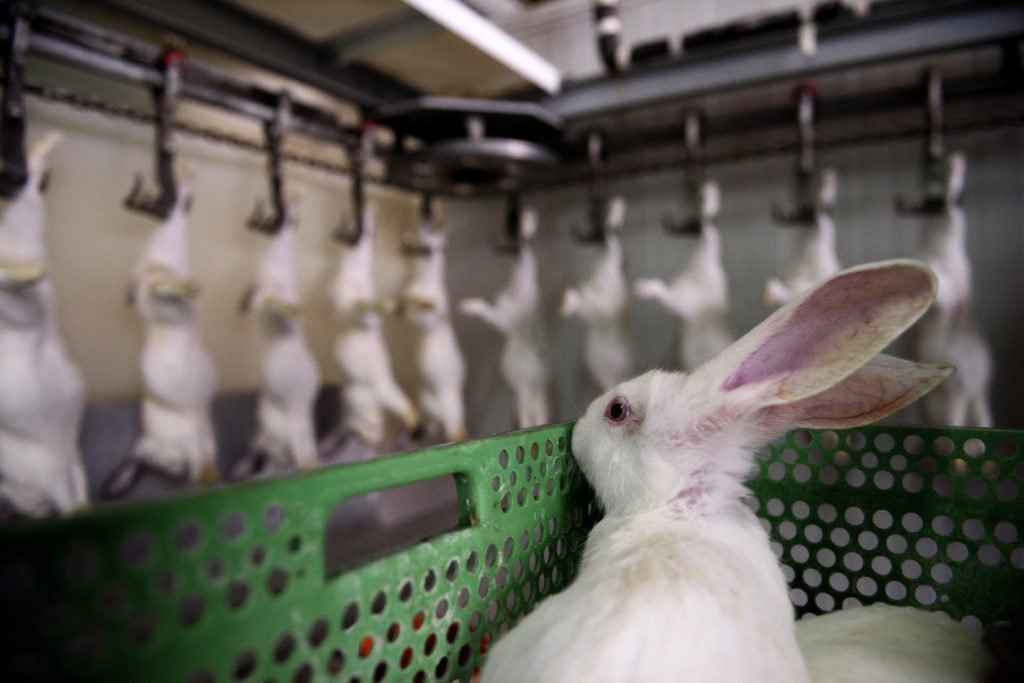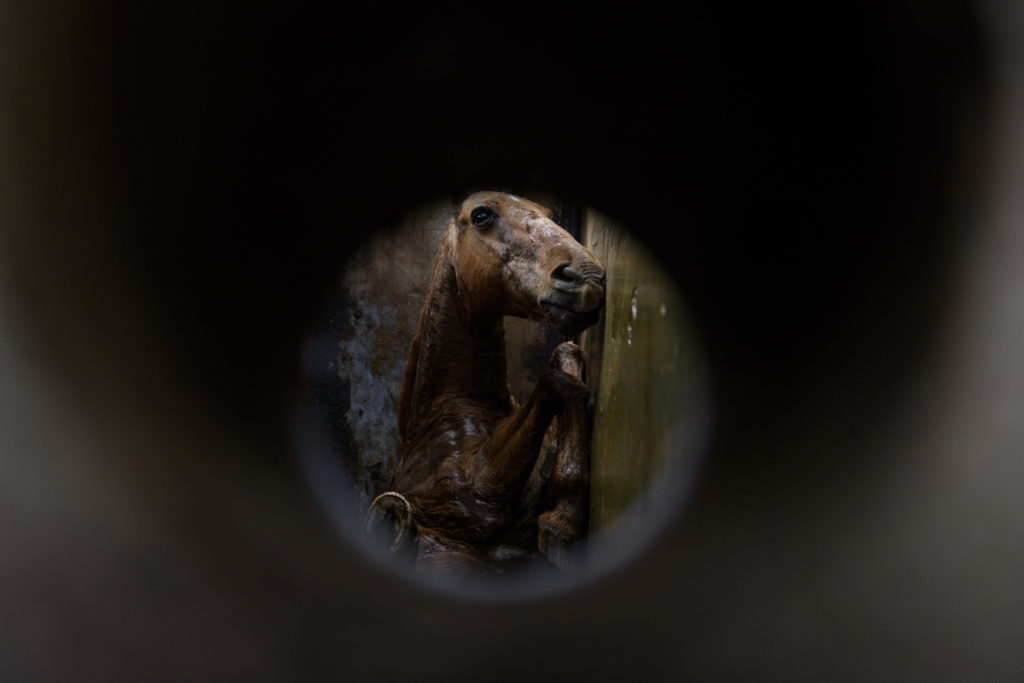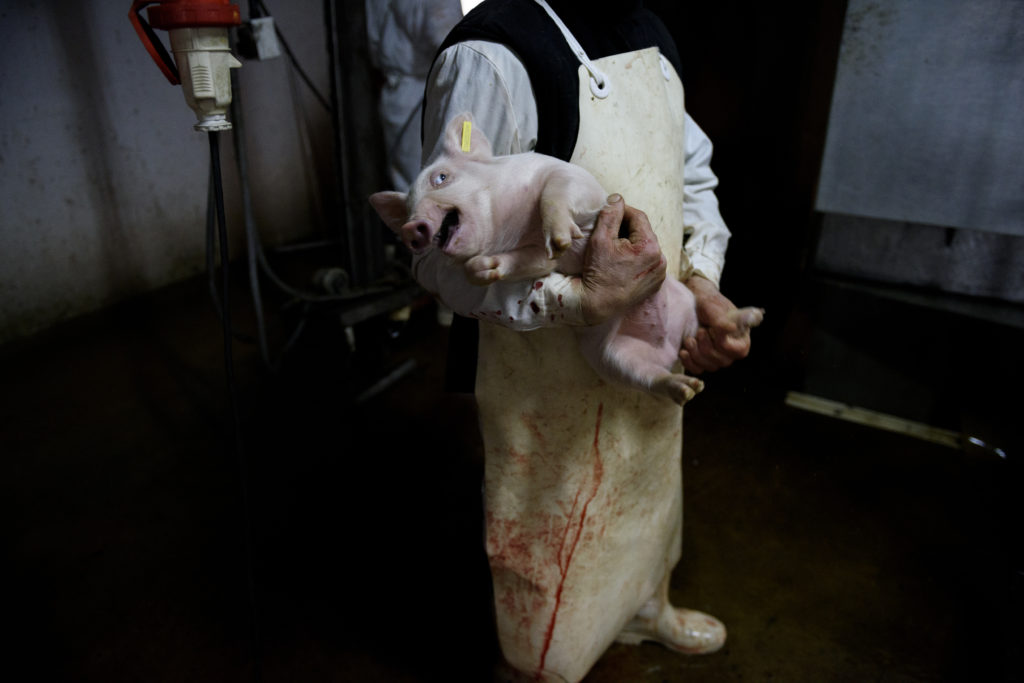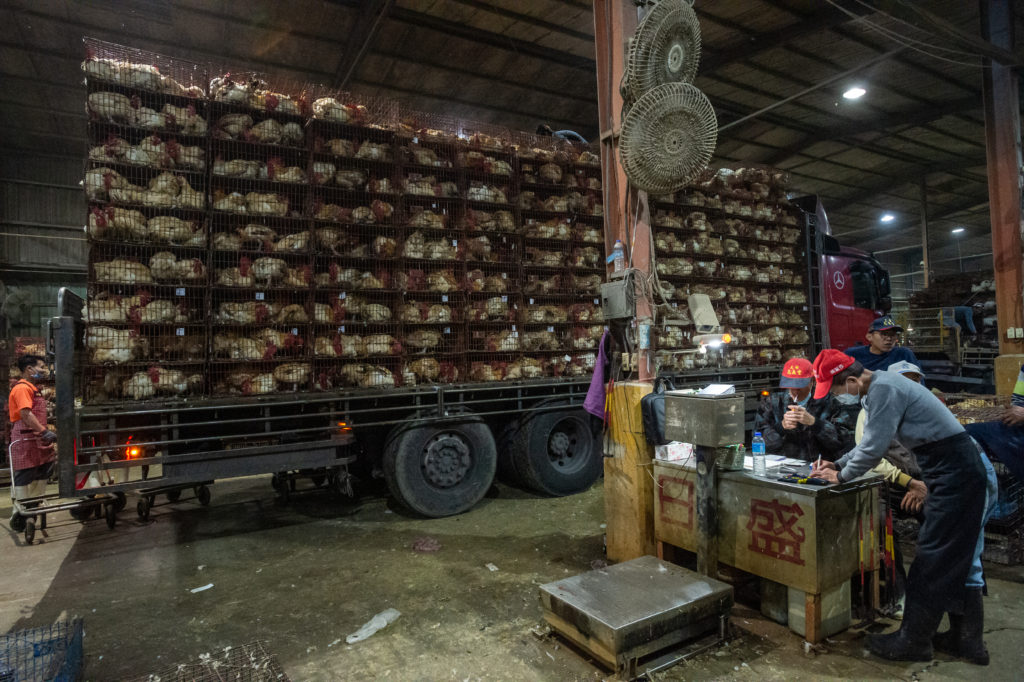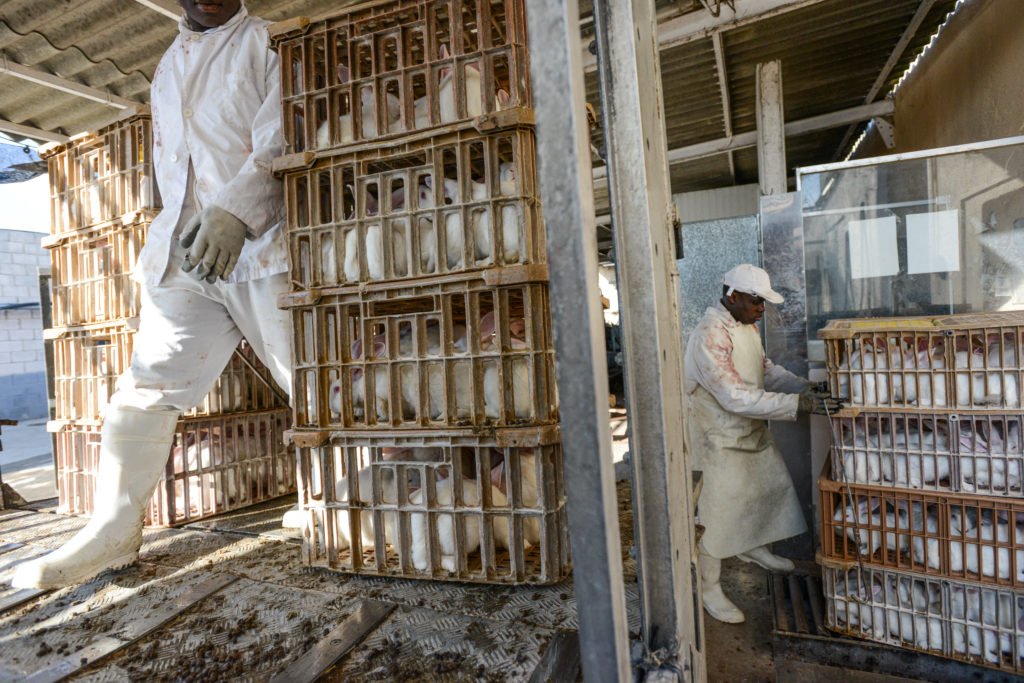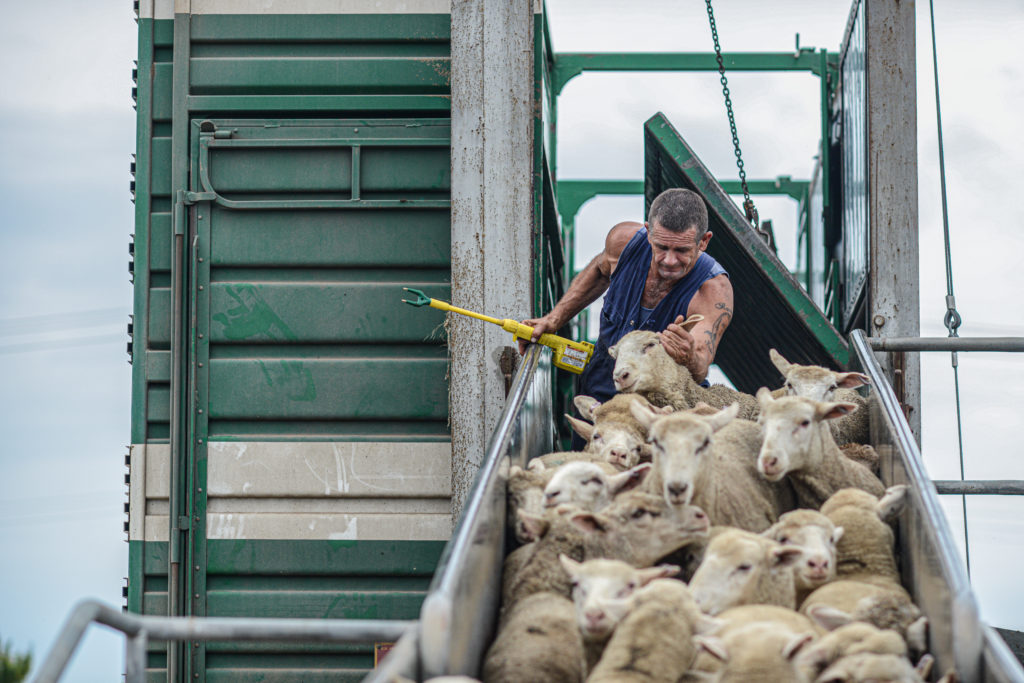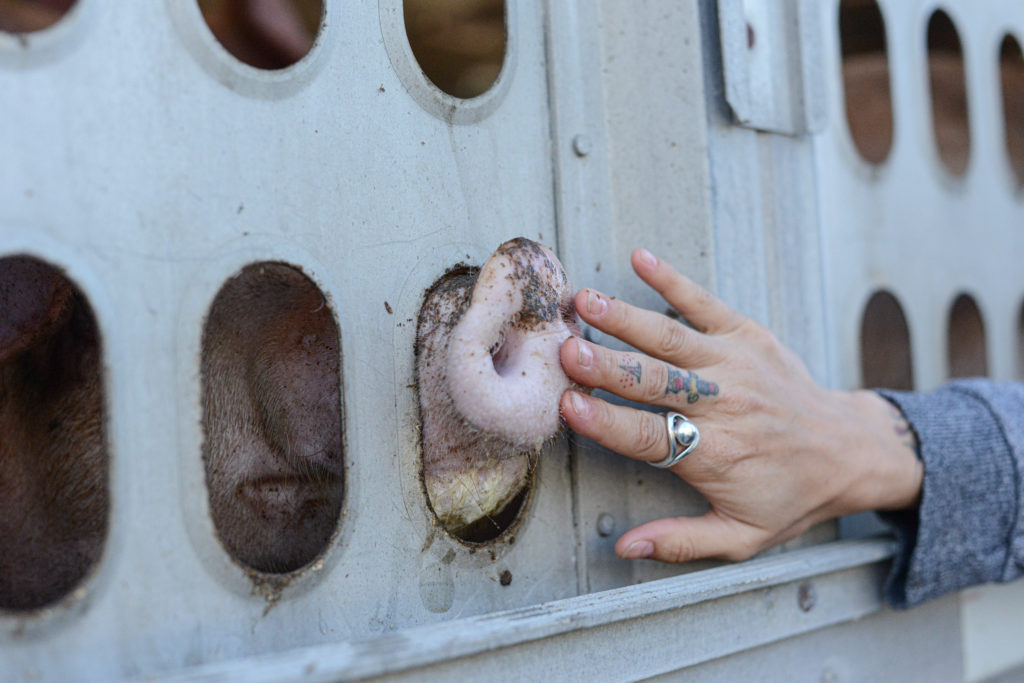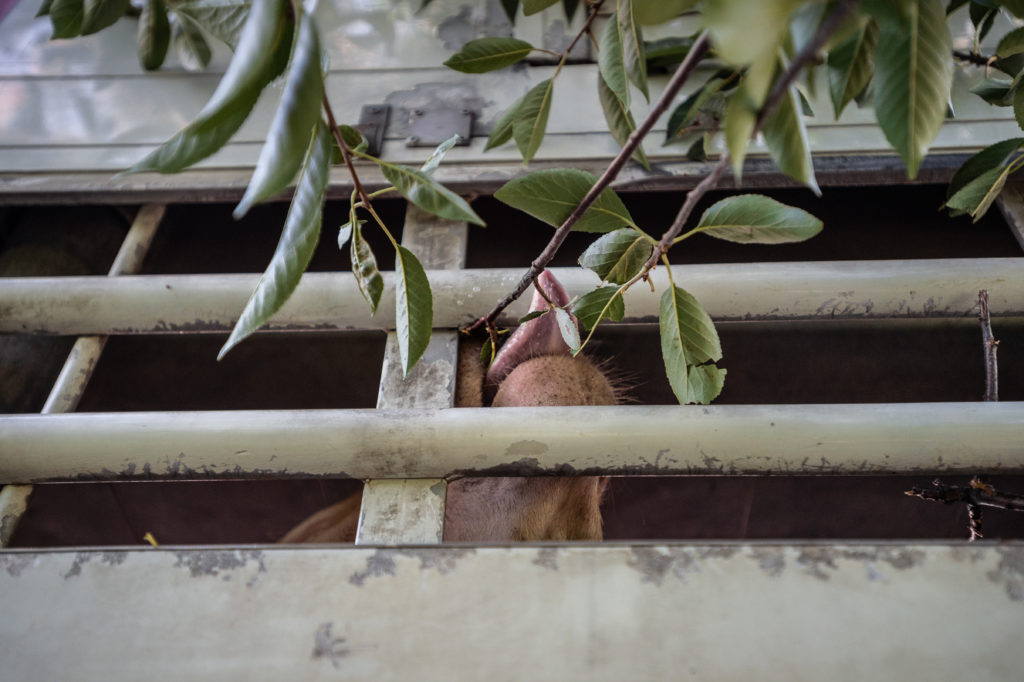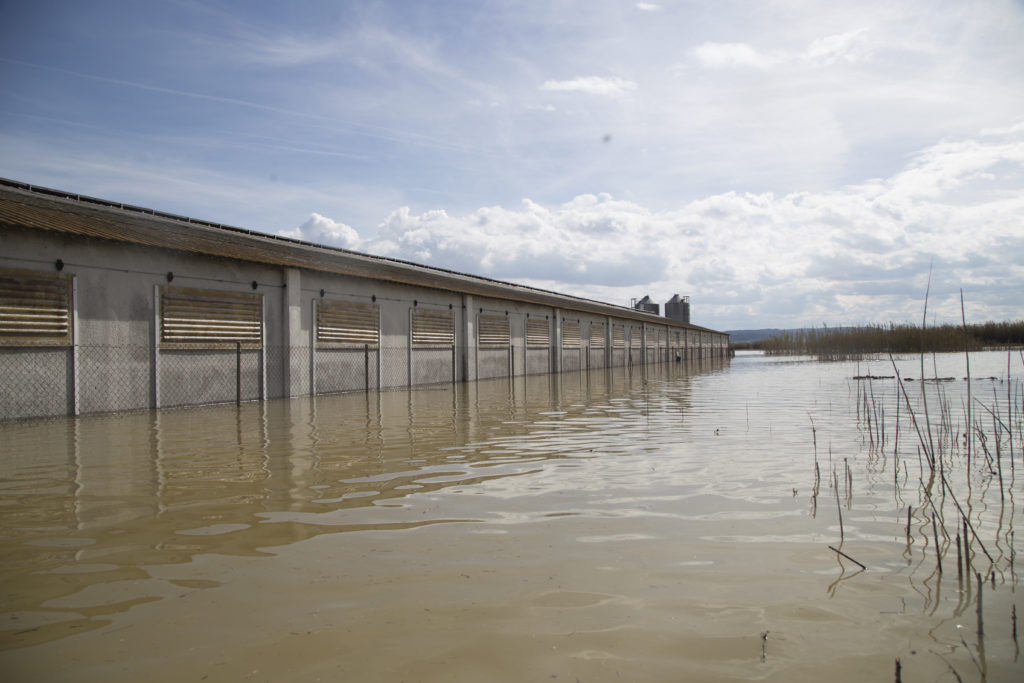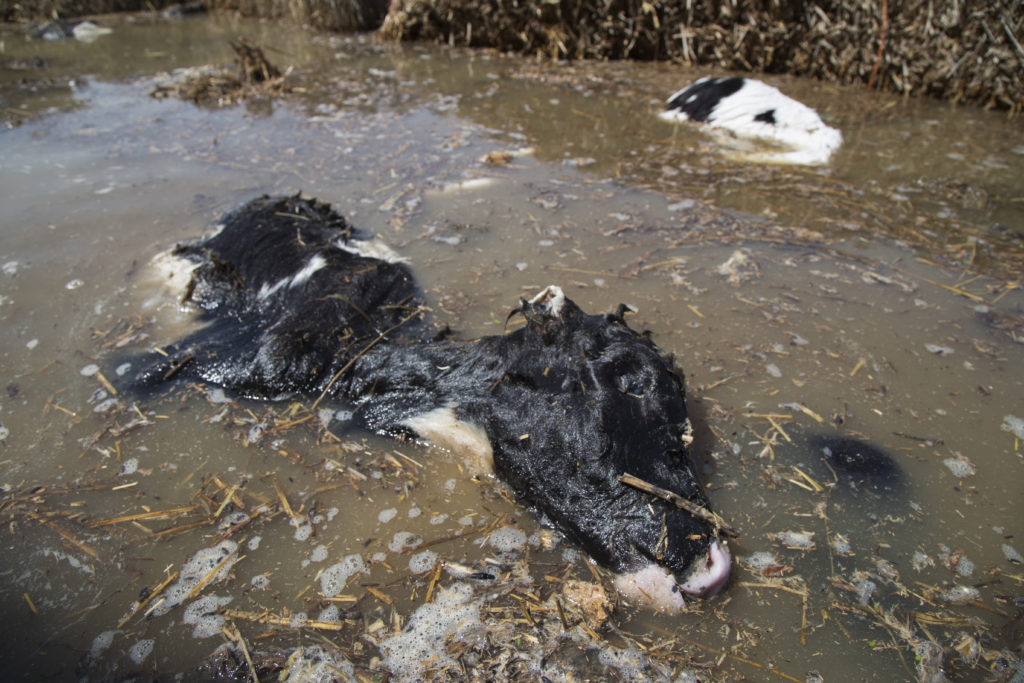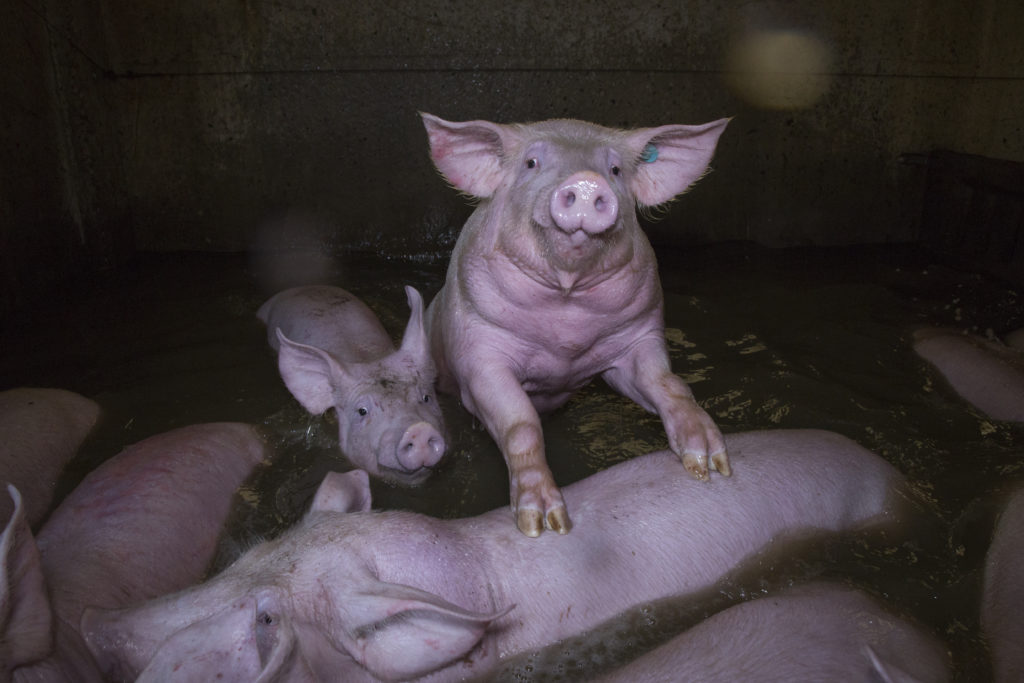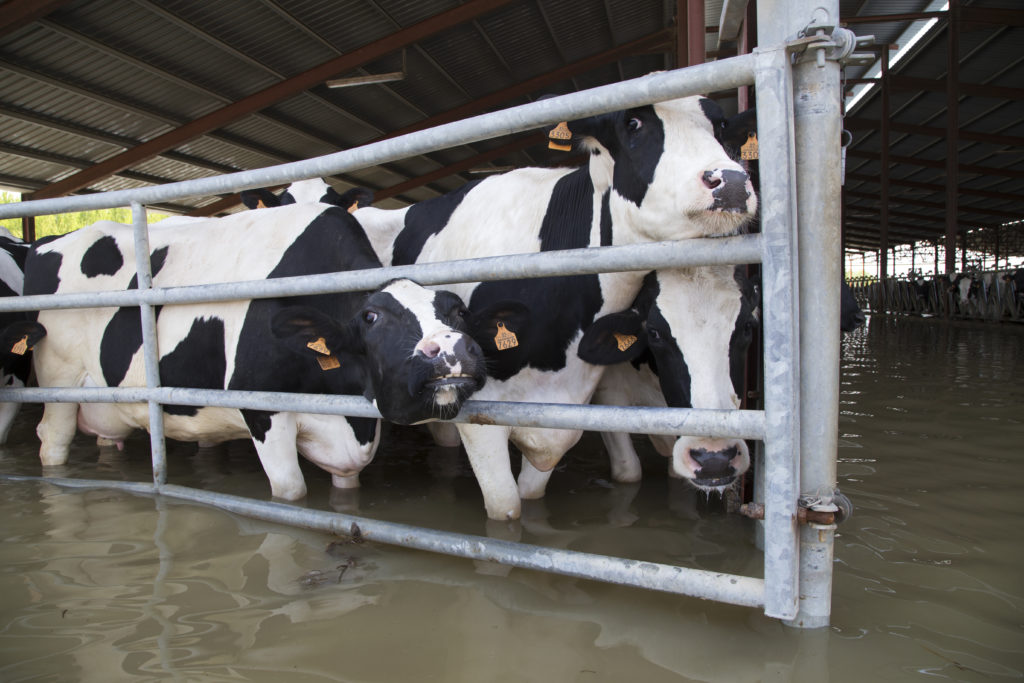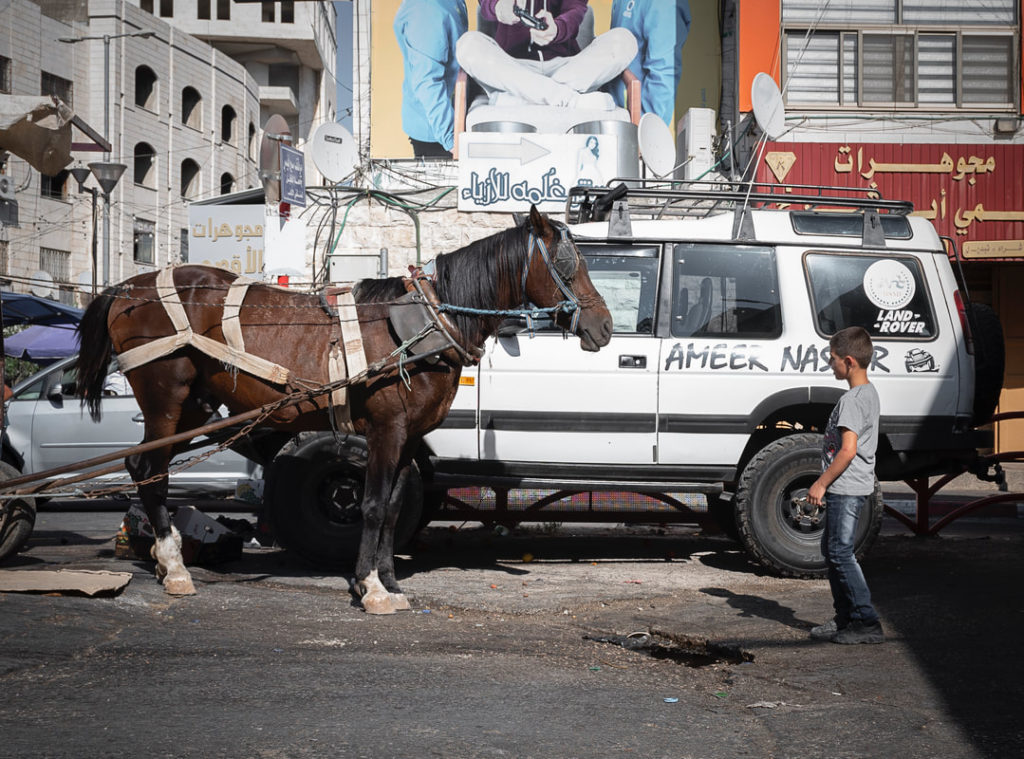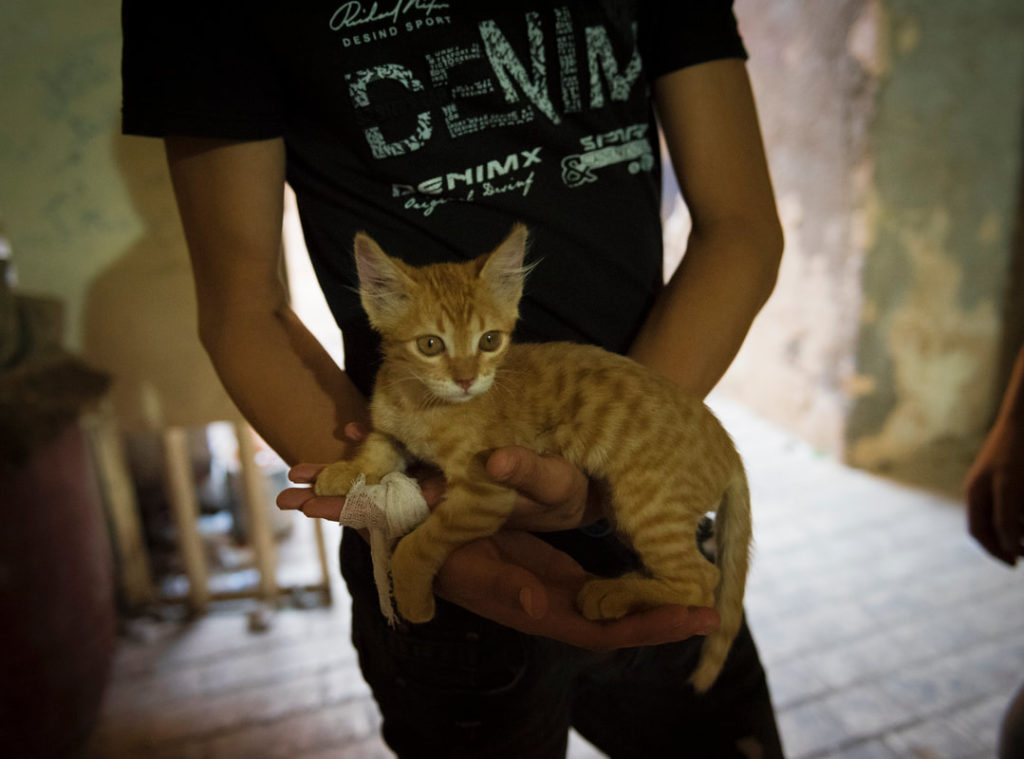The International Vegan Film Festival (formally the Ottawa International Vegan Film Festival) launched a Vegan Photo Essay Contest in 2019. This photo contest is the first of its kind anywhere in the world. Festival Director Shawn Stratton stated, “Our photo essays are collections of images that propel a narrative. Photo essays often evoke a series of emotions in the viewer and are a powerful way to tell a story without relying heavily on text.”
The competition’s goal was to showcase the best in vegan themed photo essays. Awards for the photo essay contest were won by photographers from around the world, including Aitor Garmendia (Spain), Noah Ortega (Spain), Ruth Montiel Aria (Palestine), and Jo-Anne McArthur (Canada).
When asked why Aitor Garmendia’s Slaughterhouse was selected as the overall winner, festival judge Victoria Moran of the Main Street Vegan Podcast, said “This one spoke to my heart through the animals, their suffering and their dignity. Having spent a day in a slaughterhouse myself once, I was brought back there. Some things never seem to change. This one must. This photo essay will be a part of that change.”
Content warning: due to their subject matter, some of the photographs may be difficult for some readers.
2019 Award Winners
Winner: Overall and Animal Welfare
Slaughterhouse, by Aitor Garmendia (website). Location: Spain & Mexico
Artist’s statement:
For four years I have managed to access more than 70 slaughterhouses located in Mexico and Spain in order to document the last part of the lives of farm animals.
Concern about the abuse suffered by animals in farms and slaughterhouses is on the rise, and the images of violence against them are increasingly being seen in the media. Those images are usually obtained by investigators who expose to the public eye the truth of an industry that is becoming increasingly obscured from the sight of its consumers.
Claims that animals are protected under the law and labels such as “humane slaughter,” “free range” and “cage free” allow the industry to protect itself and create a rose-tinted image to project to the public.
The stunning methods applied in the pre-throat slitting phase are one of the most controversial and polemic issues in the animal welfare debate. They aim to guarantee immediate loss of consciousness in order to prevent animals from suffering during slaughter. The meat industry tries to make the public believe that by using these methods, animals do not suffer, but they know that in their slaughterhouses, the reality is quite different.
Regardless of their size, the quality of the equipment or the advances made in mechanization of the killing process, these places represent one of the largest and most systematic forms of violence against animals, even in cases where the norms that regulate the process are followed.
Runner up: Overall and Animal Welfare
Live Transport, by Jo-Anne McArthur (website). Location: shot in different locations around the world.
Artist’s statement:
A farmed animal’s last days or even weeks are always spent in transport. It’s an aspect of their lives that isn’t given much thought by consumers. The journey is sometimes a short one, from farm to slaughter, but more often than not there are the sale yards in between, as well as days on a cramped transport truck, or weeks on a transoceanic ship. We know that industrial farming is polluting, but stop to consider the fossil fuels expended to transport animals by the billions every single day. These images, taken worldwide, give us a glimpse of this experience for animals born into our industrial food systems.
Winner: Environmental Protection
Flooded Farms, by Noah Ortega (website). Location: Spain.
Artist’s statement:
All reports point to the livestock industry as one of the main agents of climate change, which has impacts including prolonged droughts and torrential rains. When the latter appear, they cause damage even to animals exploited by the livestock industry. The Flooded Farms series documents the direct consequences of torrential rains that flood industrial farms each year, with no escape for the animals who are exploited inside.
Winner: Lifestyle
Palestine and Its Animals, by Ruth Montiel Aria. Location: Palestine.
Artist’s statement:
Palestine and Its Animals shows the work carried out by the Palestine Animal League (PAL) and The Daily Hugz Animal Sanctuary, two Palestinian organizations that rescue, protect and educate in the care of animals, especially those who have been abandoned or exploited.
Palestinian Animal League (PAL) is the only local animal defense organization that operates in the occupied territories of Palestine. Located in the city of Ramallah, they provide veterinary care and other interventions to improve animal welfare, run education programs for local communities, and development and deploy of practical strategies to address the main animal welfare problems in the region.
Daily Hugz is an animal sanctuary near the city of Nablus that offers shelter to homeless and abused animals.
Featured image: an image of a rabbit in a slaughterhouse, from Aitor Garmendia’s photo essay Slaughterhouse.


